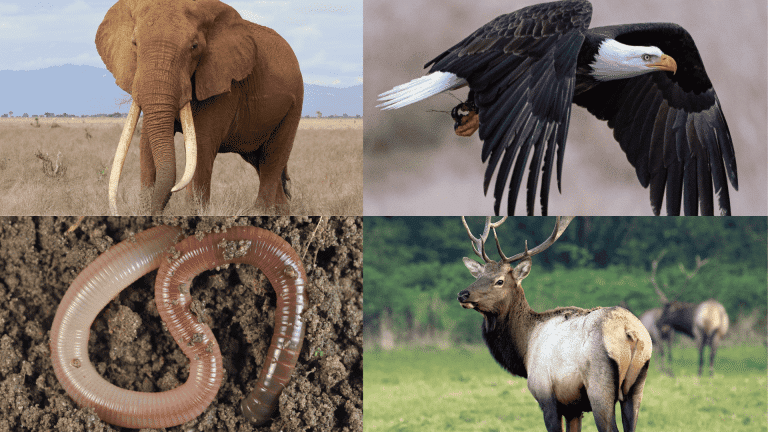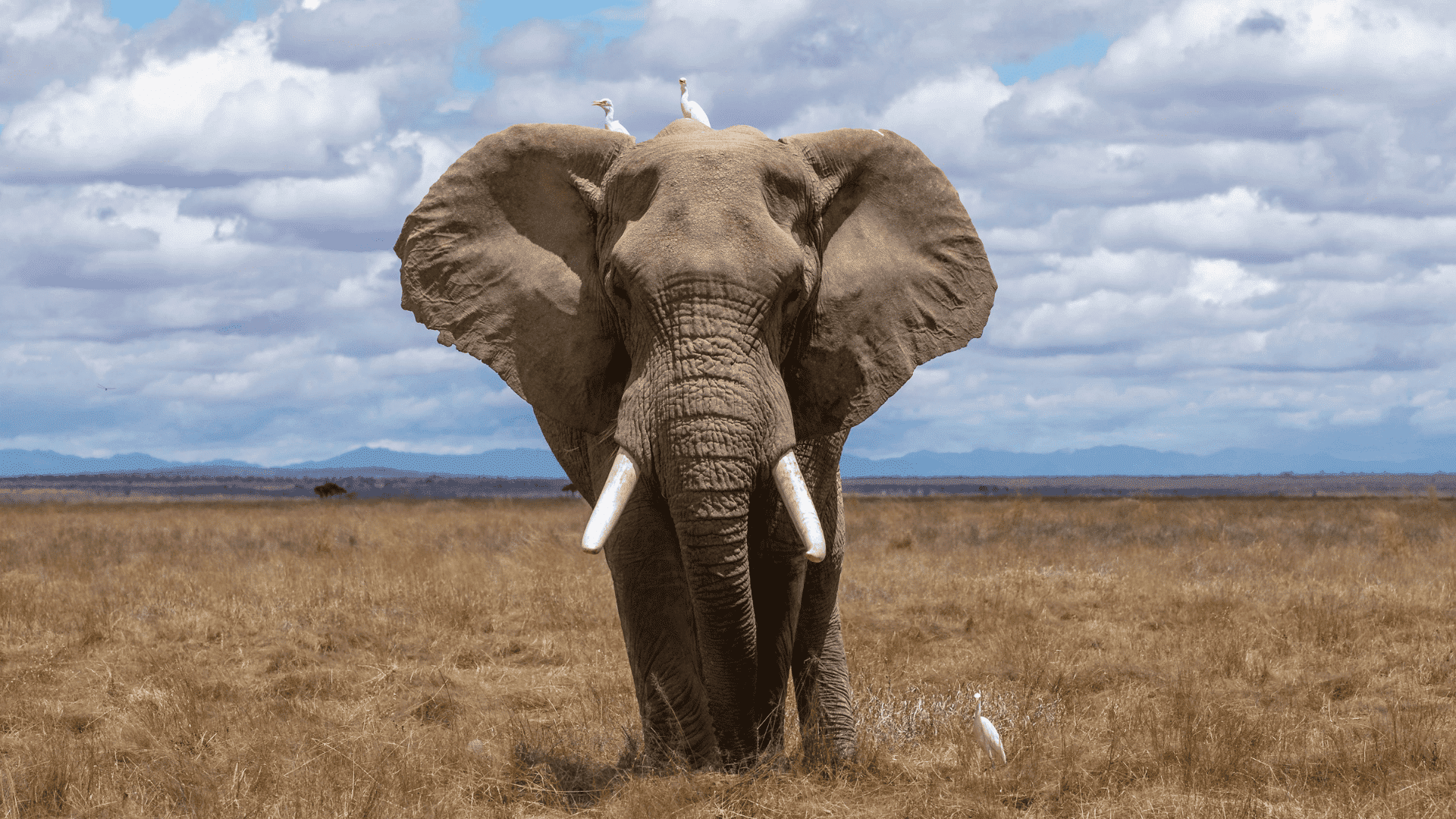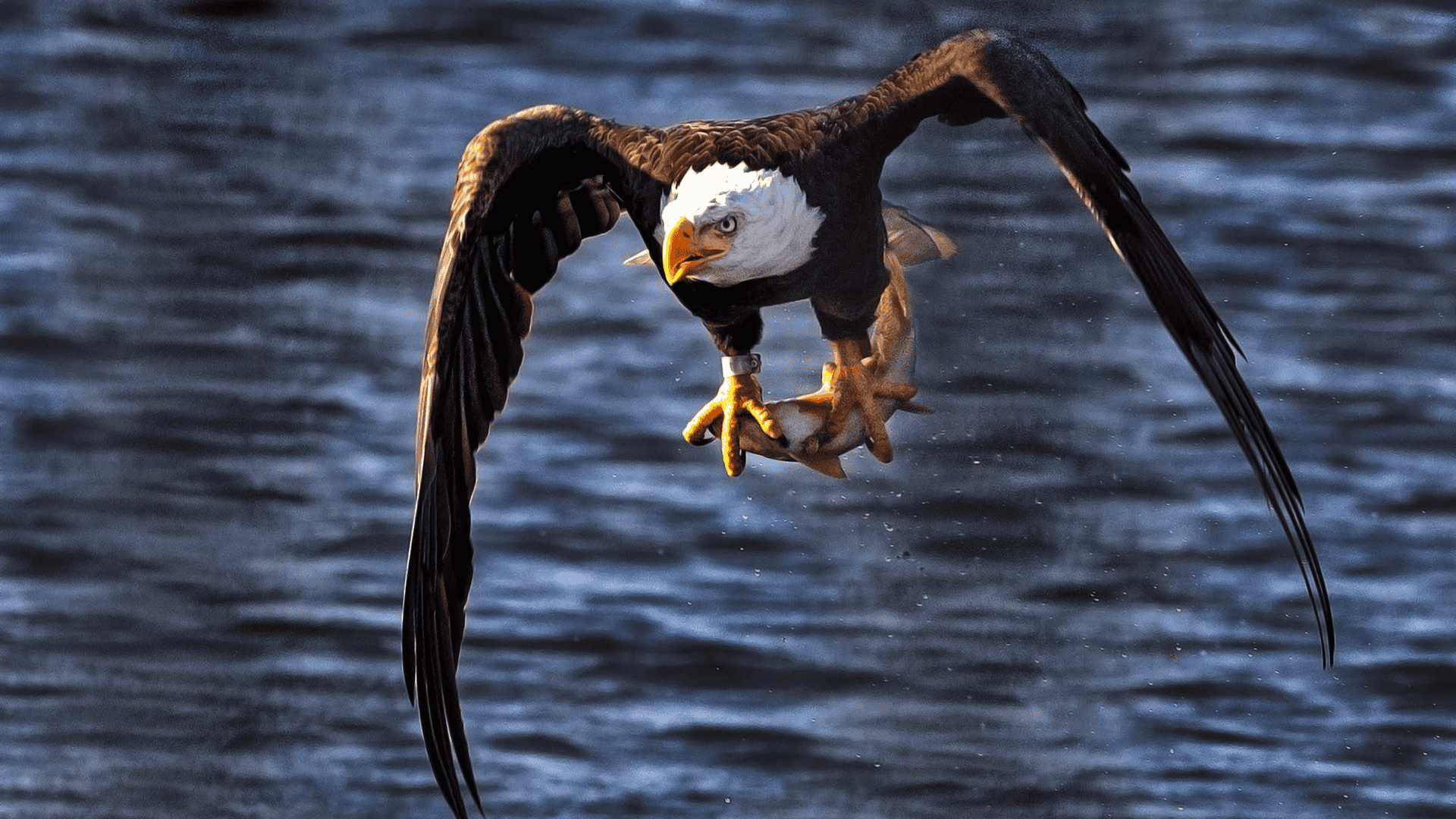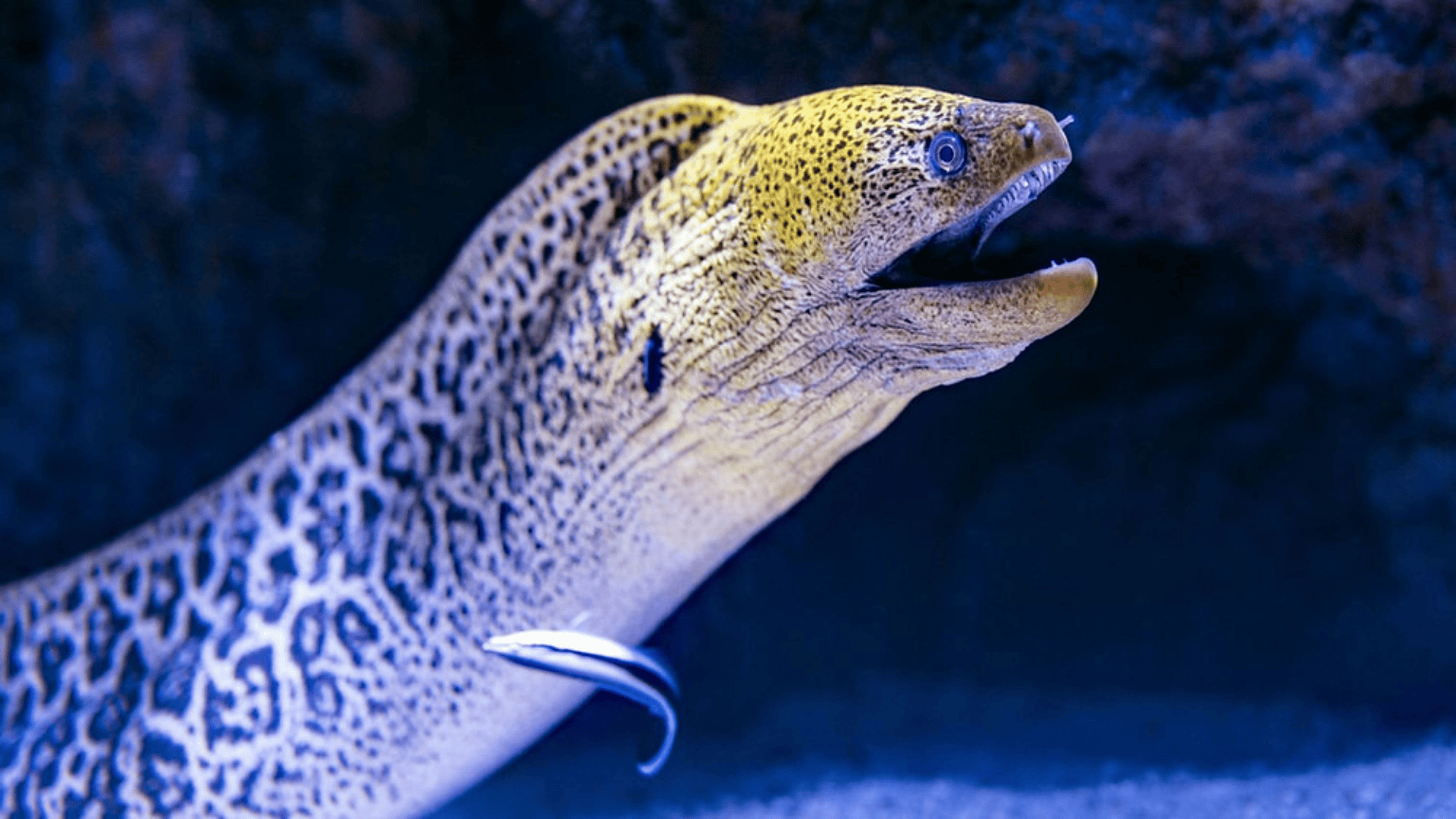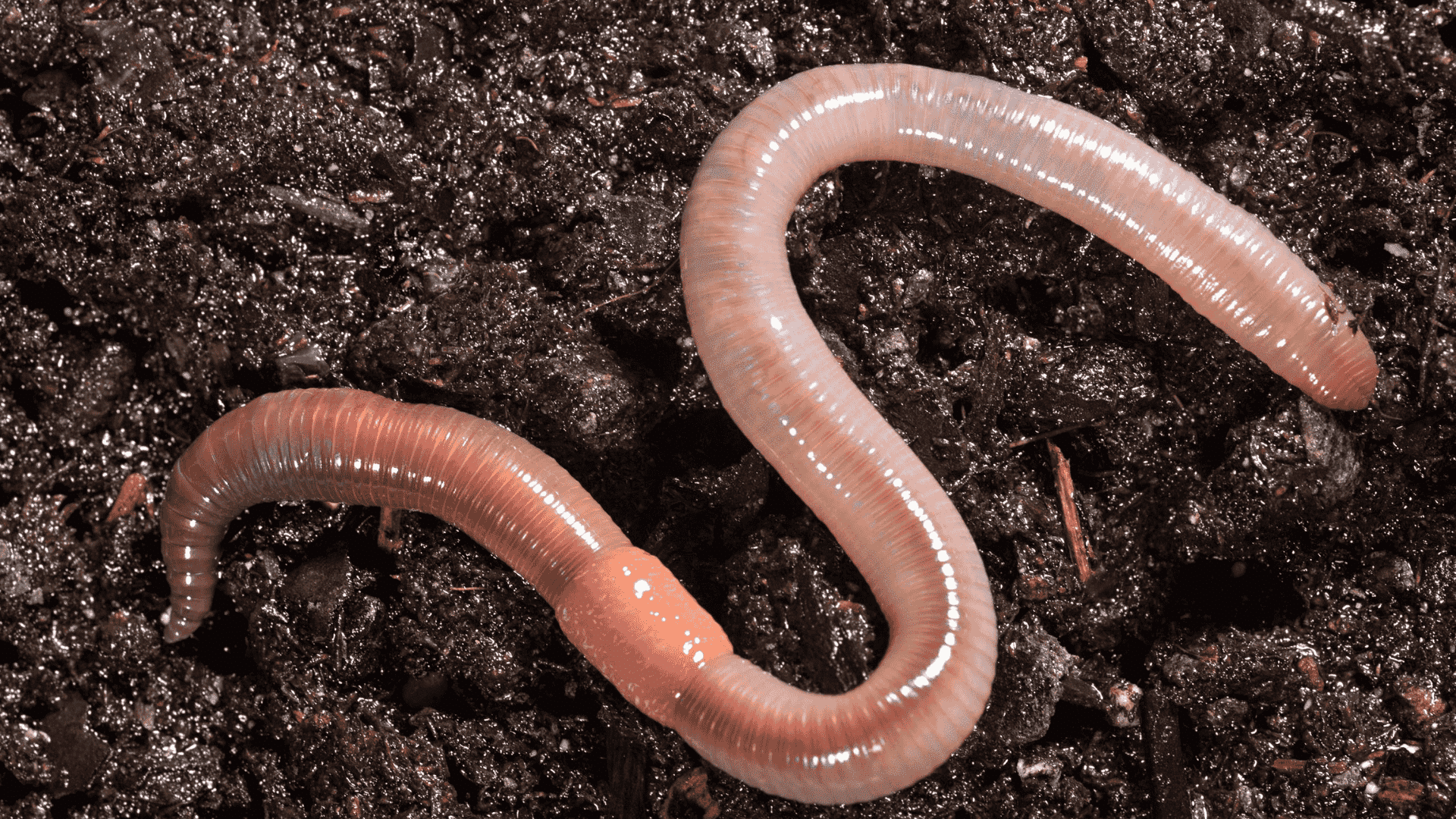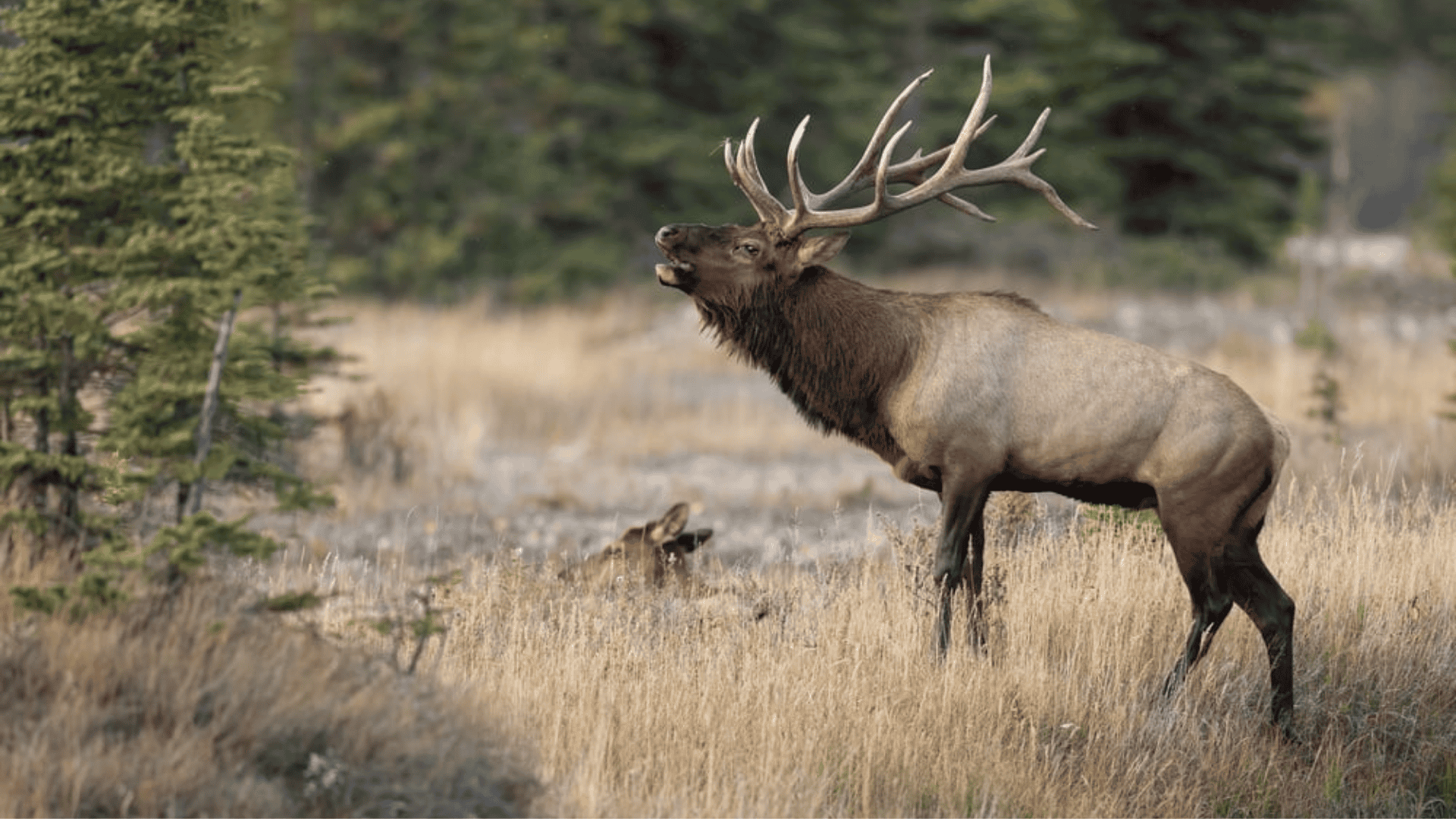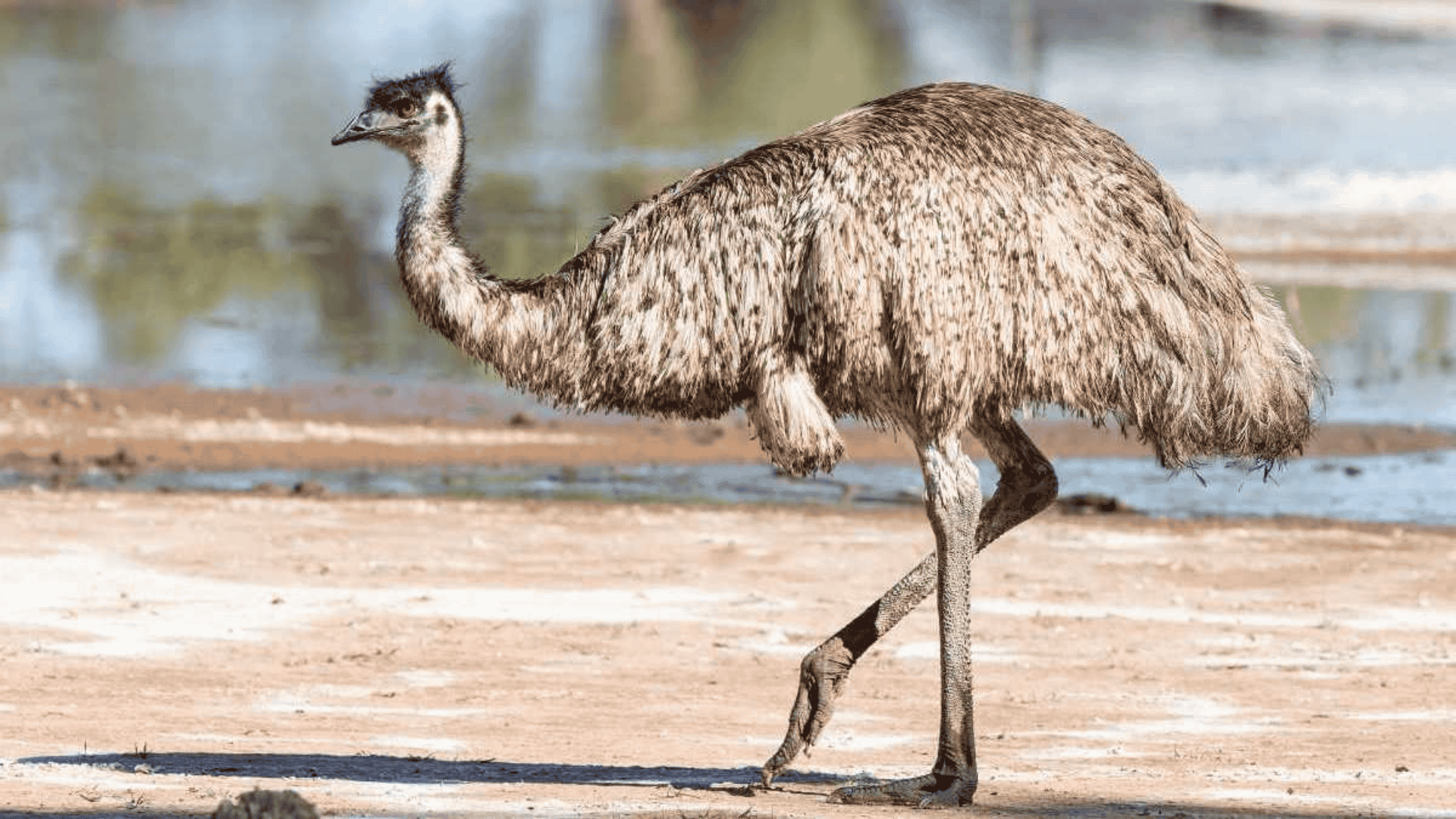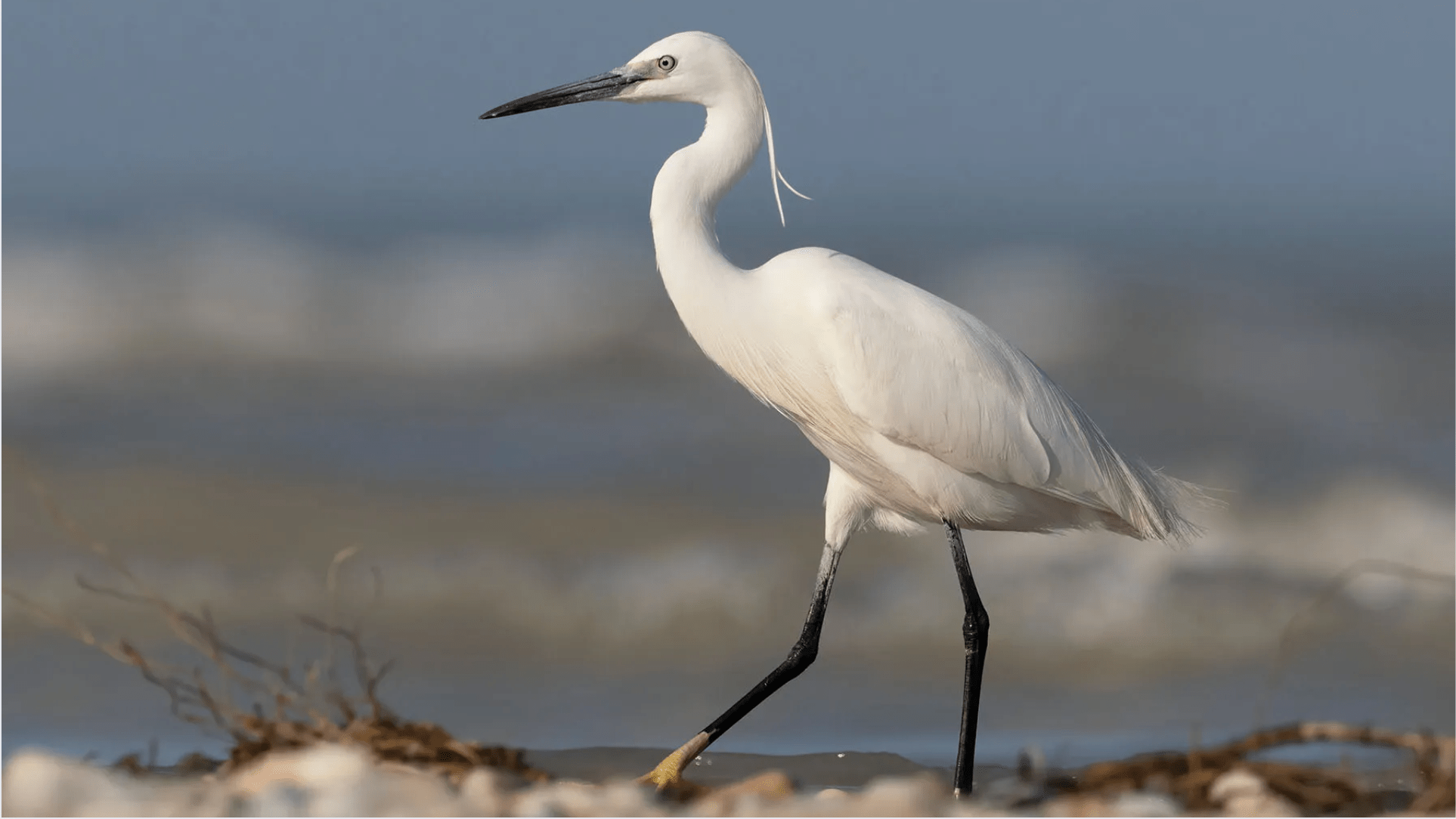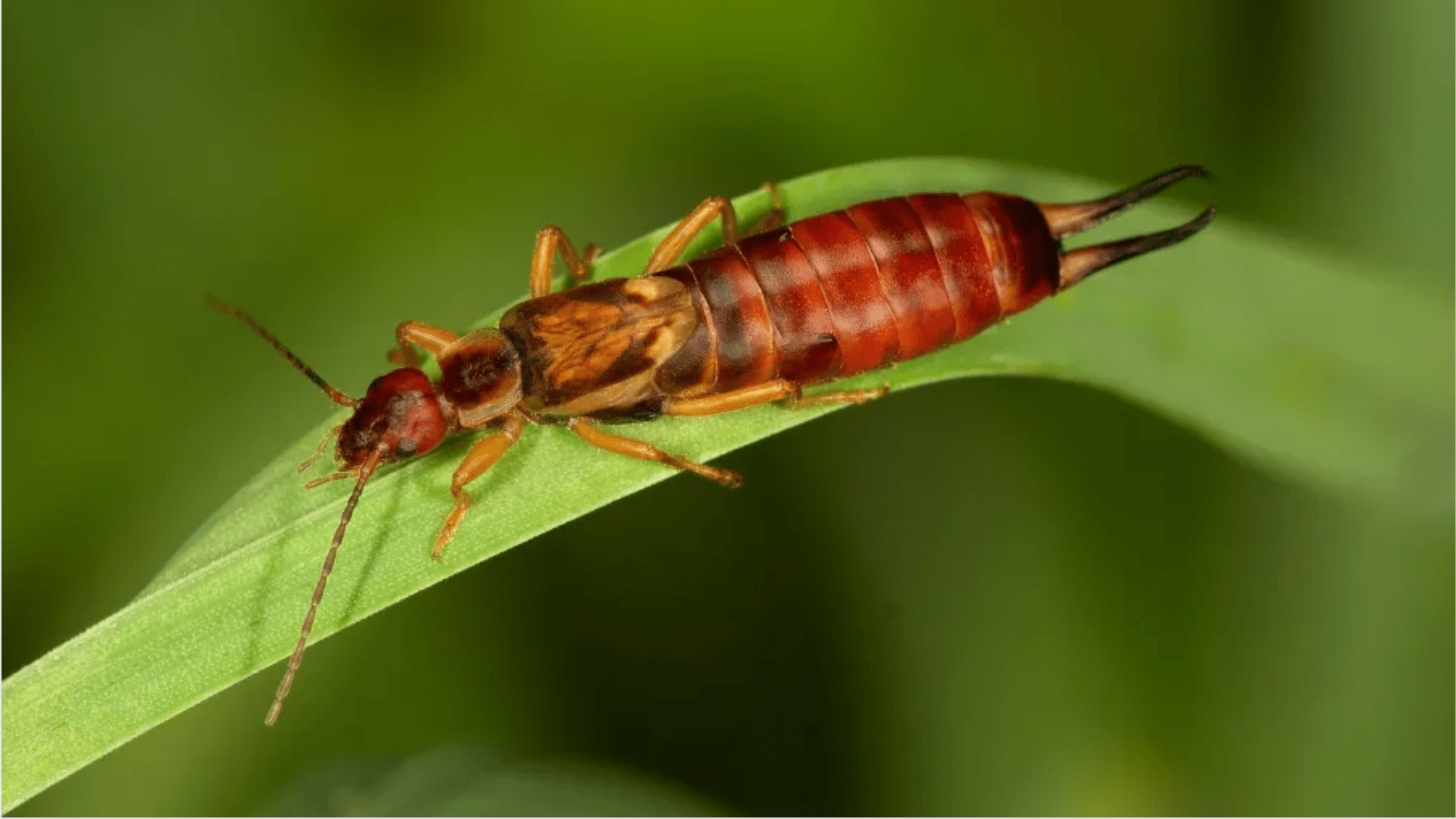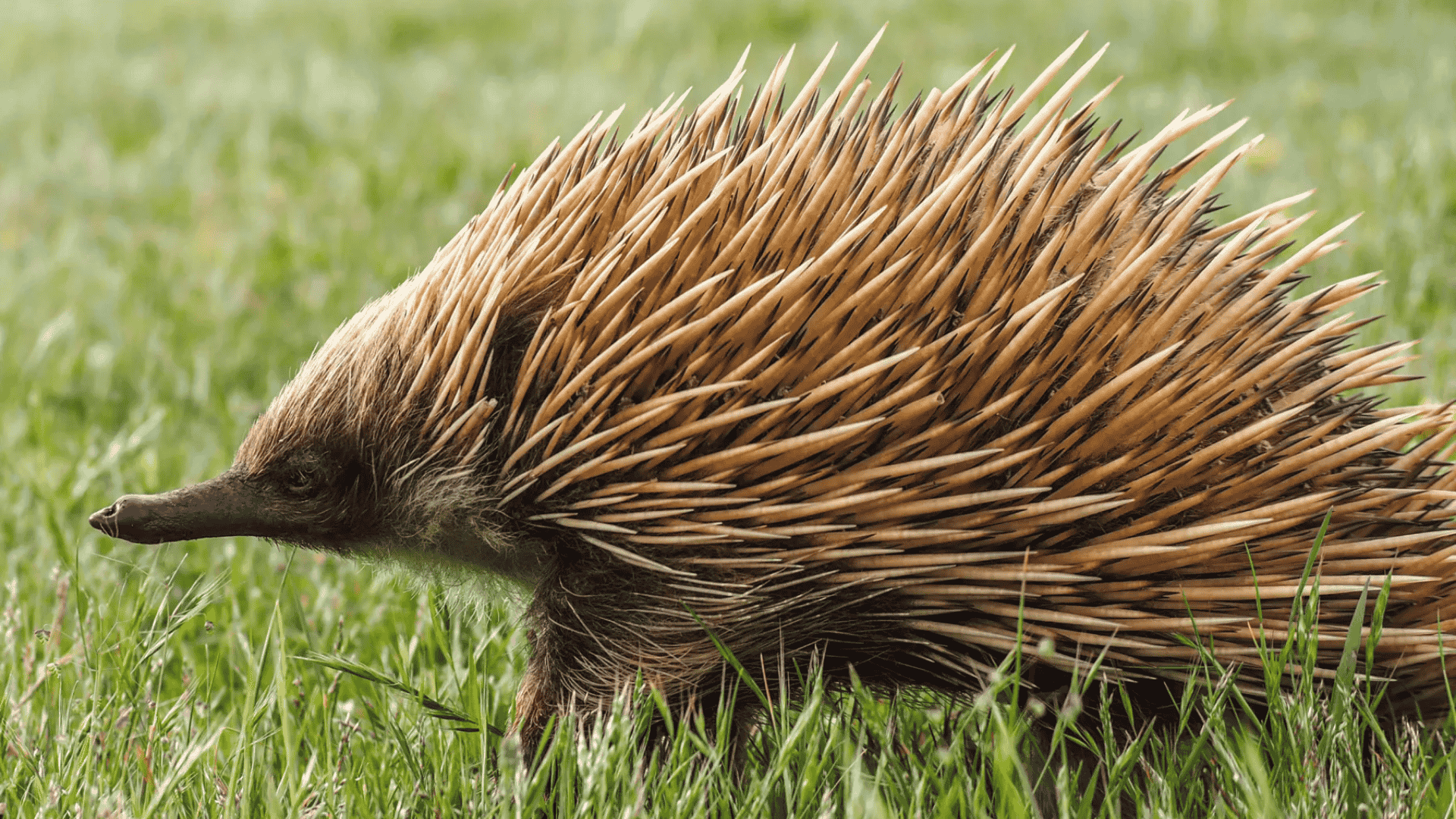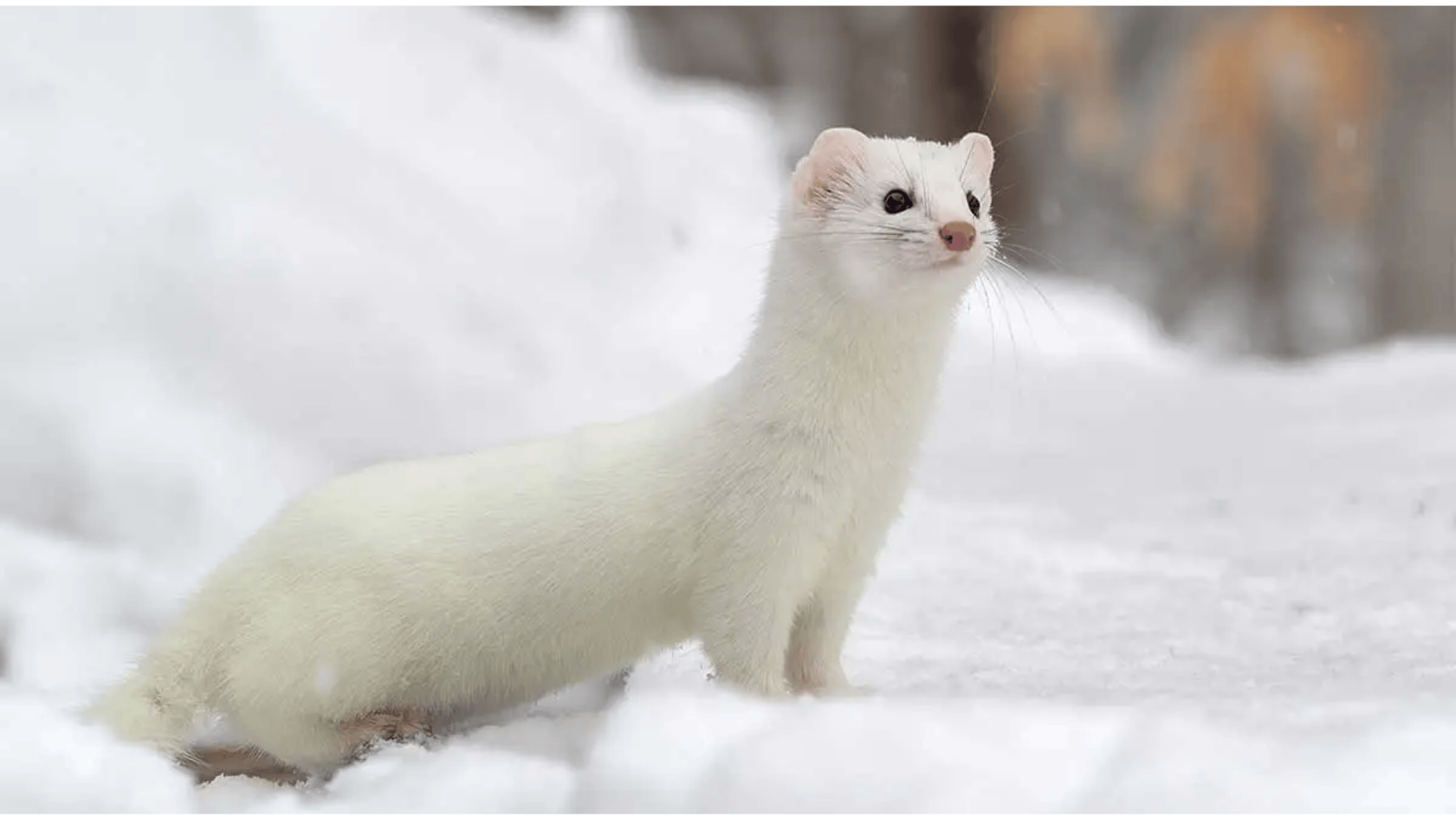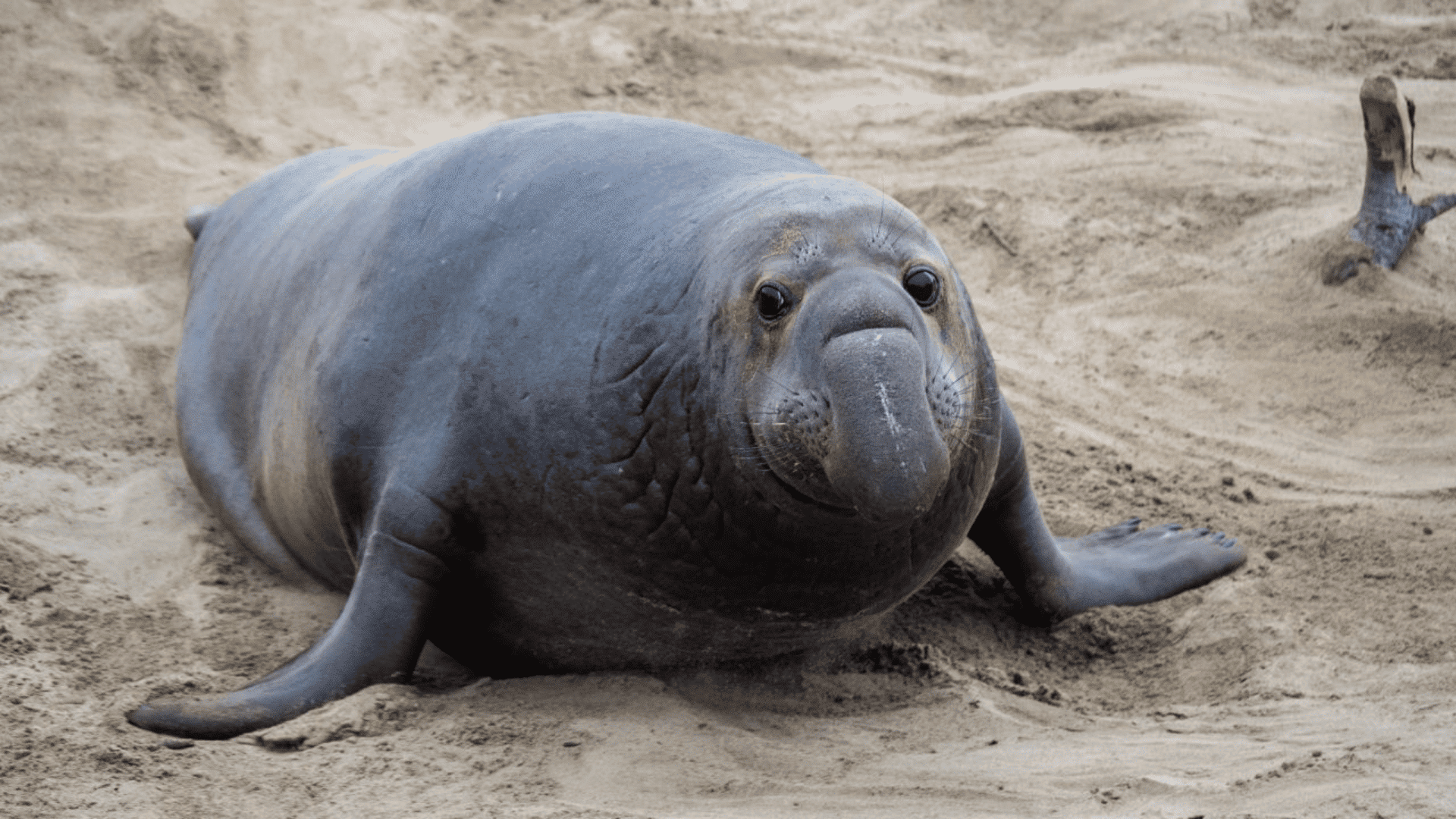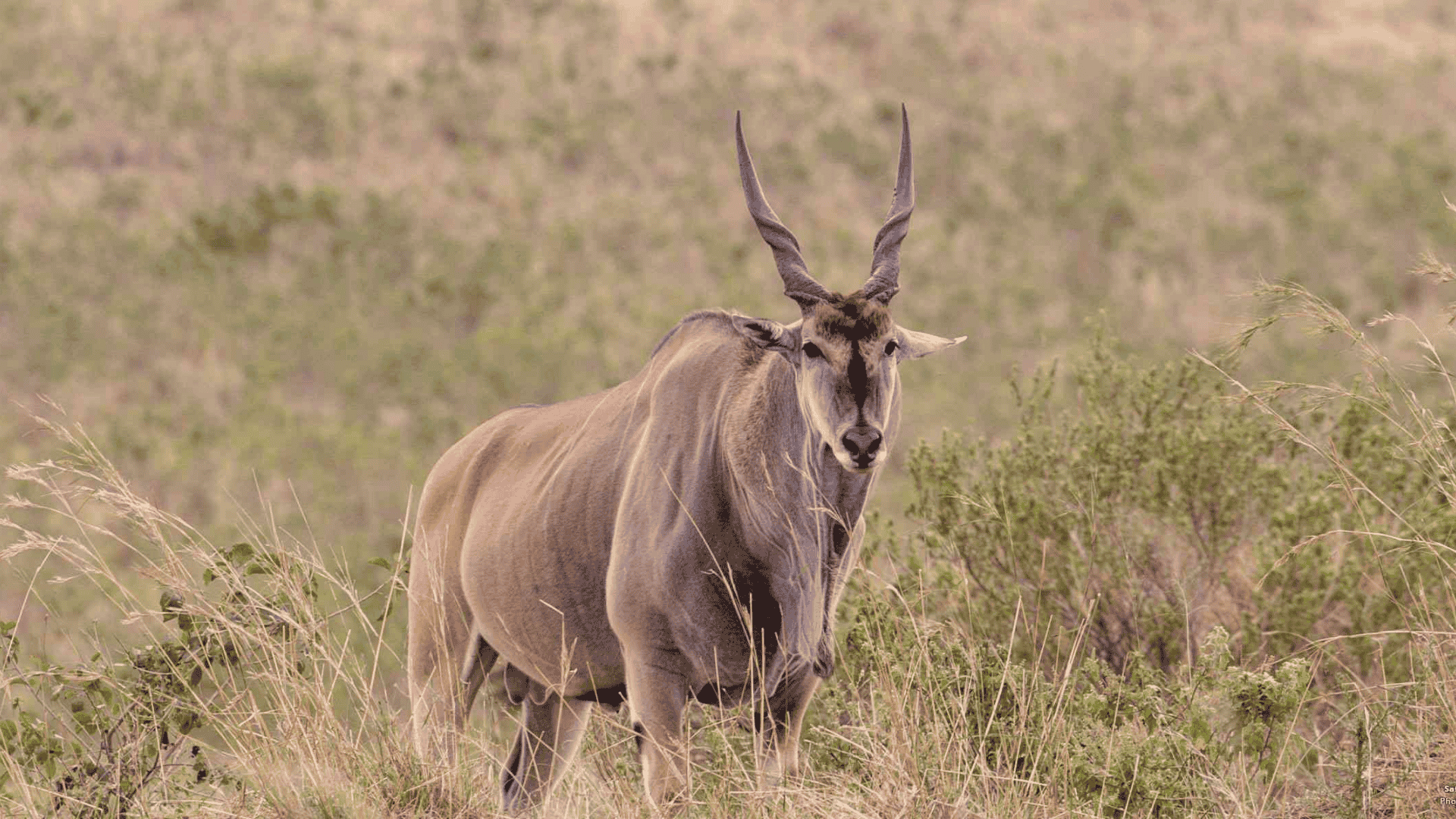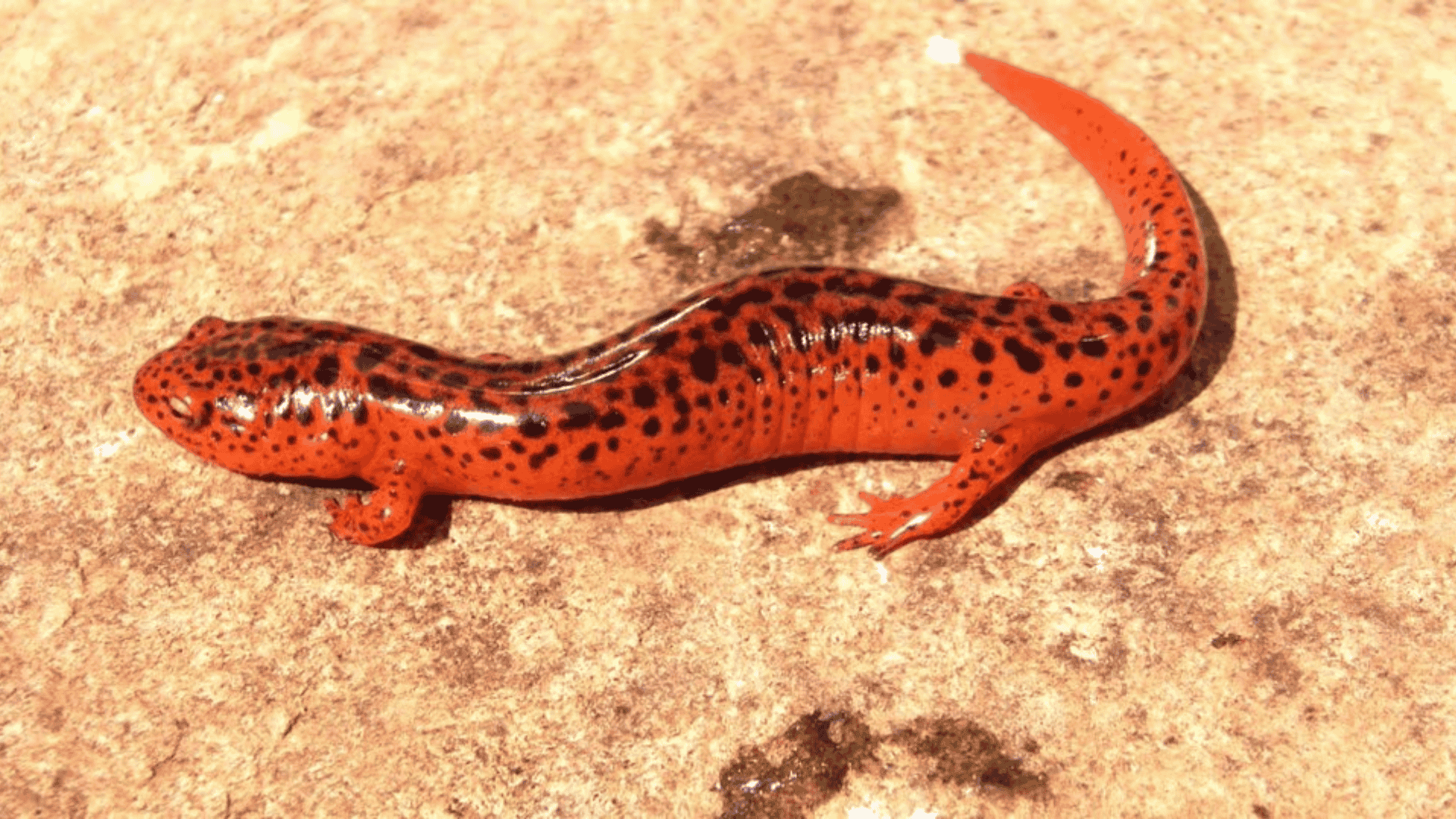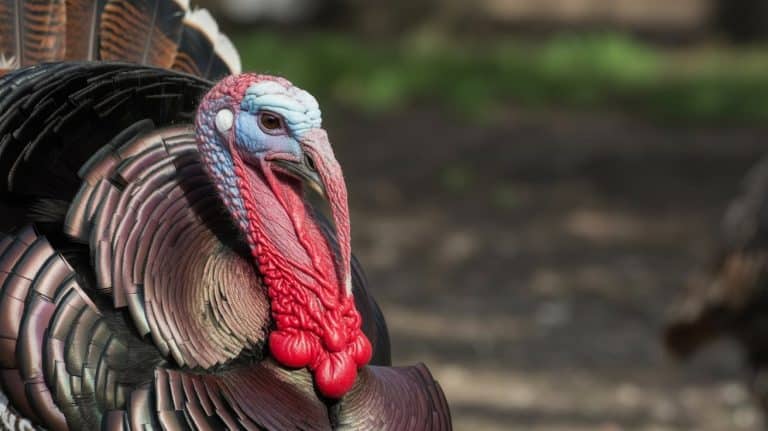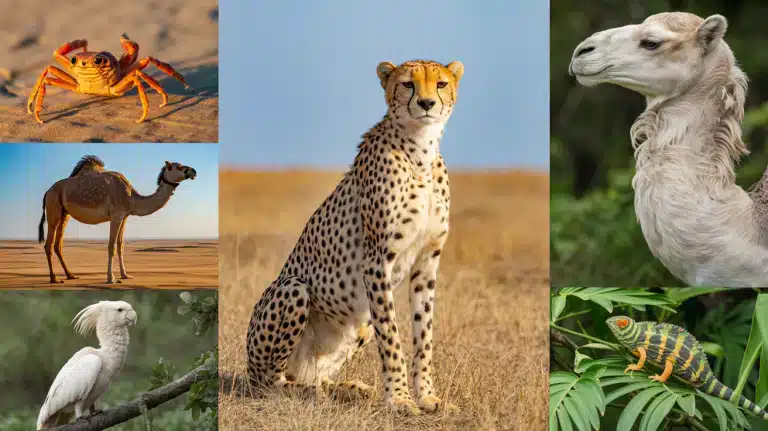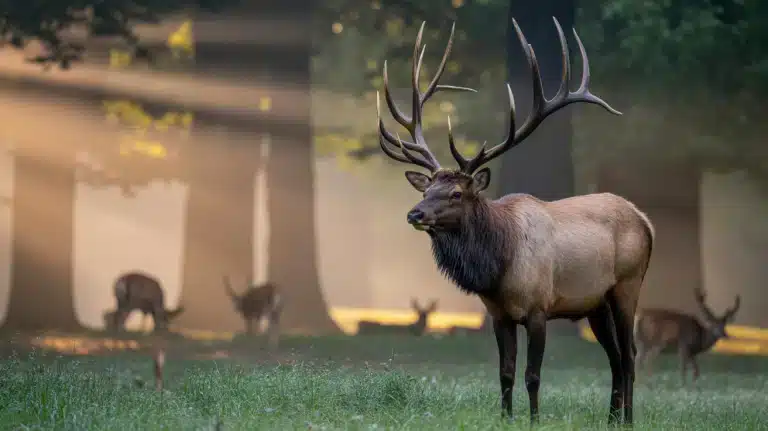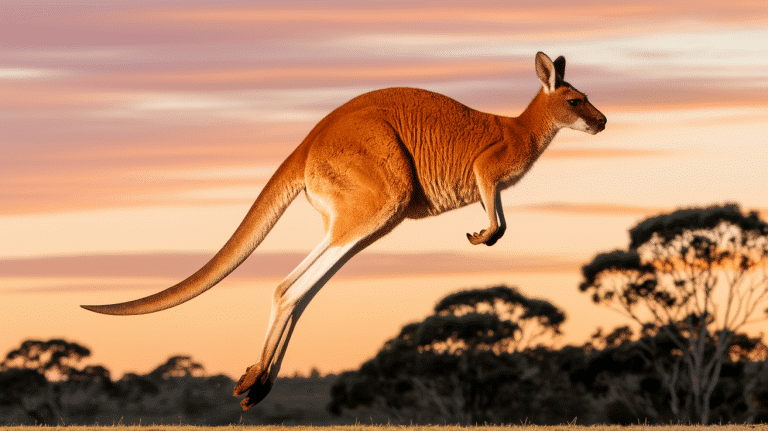Ever spotted a majestic eagle soaring through the sky?
Wonder what other incredible creatures share that first letter? The animal kingdom is packed with amazing species, beginning with E!
From enormous elephants trumpeting across African savannas to elusive echidnas shuffling through Australian underbrush, these animals showcase nature’s remarkable diversity.
Picture this: exotic eels gliding through ocean depths, energetic ermines darting through snowy forests, and graceful egrets wading in wetlands.
Through this blog, you’ll expand your wildlife knowledge and find some truly unexpected members of this alphabetical family!
Spoiler alert: Some of these animals might just blow your mind.
Popular Animals that Start with the Letter E
Here are some spellbinding creatures from around the world whose names begin with the letter E.
1. Elephant
The elephant is the largest land mammal on Earth, characterized by its long trunk, large floppy ears, and tusks.
These highly intelligent creatures live in complex social groups and display remarkable memory, problem-solving abilities, and emotional depth.
- Region of Habitat: Africa and Asia, in habitats ranging from savannas to forests
- Scientific Name: Loxodonta africana (African) or Elephas maximus (Asian)
- Feeding Habits: Herbivorous; consume up to 300 pounds of vegetation daily
- What Sound They Make: Trumpeting, rumbling, and infrasonic calls below human hearing range
- Fun Fact: Elephants can recognize themselves in mirrors, communicate over long distances using vibrations, and mourn their dead by performing “burial rituals.”
2. Eagle
The eagle is a powerful bird of prey known for its keen eyesight, impressive wingspan, and hooked beak. These majestic birds represent strength and freedom across many cultures and are apex predators in their ecosystems.
- Region of Habitat: Found on every continent except Antarctica, in various habitats from mountains to coastlines
- Scientific Name: Various species in the family Accipitridae, including Haliaeetus leucocephalus (Bald Eagle)
- Feeding Habits: Carnivorous; hunt fish, small mammals, and other birds
- What Sound They Make: High-pitched calls and whistles, with the Bald Eagle’s call often dubbed over with a Red-tailed Hawk’s screech in media
- Fun Fact: Eagles can spot prey from over 2 miles away and can dive at speeds exceeding 150 mph when hunting.
3. Eel
The eel is a long, snake-like fish with a slippery, scaleless body. Despite their serpentine appearance, eels are true fish, characterized by fins, gills, and an extraordinary life cycle that includes dramatic metamorphoses and epic migrations.
- Region of Habitat: Freshwater, brackish, and marine environments worldwide
- Scientific Name: Various species in the order Anguilliformes
- Feeding Habits: Mostly carnivorous; feed on fish, crustaceans, and carrion
- What Sound They Make: Generally silent, but can produce grunting sounds when threatened
- Fun Fact: European and American eels are born in the Sargasso Sea but live adult lives in freshwater, migrating thousands of miles to return to their birthplace to spawn and die.
4. Earthworm
The earthworm is a segmented, tube-shaped invertebrate that burrows through soil. These unassuming creatures play a vital ecological role in maintaining soil health, aeration, and nutrient cycling, which benefits all terrestrial life.
- Region of Habitat: Moist soils worldwide, except in polar and desert regions
- Scientific Name: Various species in the family Lumbricidae
- Feeding Habits: Decomposers; consume soil and organic matter
- What Sound They Make: Silent
- Fun Fact: Earthworms have five hearts, can regenerate lost segments, and can process their own body weight in soil daily, effectively plowing farmers’ fields for free.
5. Elk
The elk (or wapiti) is one of the largest species of deer, known for its impressive antlers and bugling calls during mating season. These majestic herbivores travel in large herds and adapt to seasonal changes through migration.
- Region of Habitat: Forests and forest edges of North America and eastern Asia
- Scientific Name: Cervus canadensis
- Feeding Habits: Herbivorous; grazes on grasses in summer, browses on woody plants in winter
- What Sound They Make: Males produce distinctive bugling calls during rutting season; also snort and bark
- Fun Fact: Bull elk can grow new antlers at a rate of up to one inch per day, making them one of the fastest-growing tissues in the animal kingdom.
6. Emu
The emu is the second-largest bird in the world, a flightless ratite native to Australia. These large birds have soft, shaggy feathers, long necks, and powerful legs, which are built for running at remarkable speeds.
- Region of Habitat: Forests, woodlands, and plains across mainland Australia
- Scientific Name: Dromaius novaehollandiae
- Feeding Habits: Omnivorous; eats plants, seeds, insects, and small animals
- What Sound They Make: Booming, drumming sounds created by an inflatable neck sac
- Fun Fact: Emus can sprint at speeds up to 30 mph and are excellent swimmers. They were the subject of the “Great Emu War” of 1932, where Australian soldiers with machine guns failed to cull the emu population.
7. Egret
The egret is a type of heron known for its elegant white plumage, slender body, and graceful hunting style.
These wading birds show remarkable patience when fishing and have historically been threatened due to demand for their breeding plumes.
- Region of Habitat: Wetlands, marshes, and coastal areas worldwide
- Scientific Name: Various species in the family Ardeidae
- Feeding Habits: Carnivorous; feed on fish, frogs, small reptiles, and insects
- What Sound They Make: Harsh croaks and squawks, especially when disturbed
- Fun Fact: Egrets were nearly hunted to extinction in the late 19th century for their delicate breeding plumes, which were used in women’s hats, leading to the development of some of the first conservation laws and the formation of the Audubon Society.
8. Earwig
The earwig is an insect with distinctive pincers (cerci) on its abdomen and membranous wings that fold uniquely. Despite their name and folklore, they do not crawl into ears, but are primarily nocturnal omnivores.
- Region of Habitat: Found worldwide in damp, dark environments
- Scientific Name: Various species in the order Dermaptera
- Feeding Habits: Omnivorous; consumes plants, other insects, and decaying organic matter
- What Sound They Make: Silent to humans
- Fun Fact: Female earwigs display unusually attentive maternal care for insects, cleaning and protecting their eggs and young nymphs until they’re old enough to fend for themselves.
9. Echidna
The echidna is a spiny, egg-laying mammal native to Australia and New Guinea. One of only five monotreme species in the world, these unique creatures combine reptilian and mammalian characteristics with incredible adaptations.
- Region of Habitat: Australia and New Guinea in a variety of habitats
- Scientific Name: Primarily Tachyglossus aculeatus (Short-beaked) and Zaglossus spp. (Long-beaked)
- Feeding Habits: Insectivorous; specialized for eating ants and termites
- What Sound They Make: Generally quiet, may snuffle or make low grunts
- Fun Fact: Echidnas have no teeth but use a sticky tongue up to 7 inches long to catch prey. Their young (called puggles) hatch from eggs and develop in a backward-facing pouch.
10. Ermine
The ermine (or stoat) is a small, agile predator in the weasel family known for its striking seasonal coat change. In winter, its coat turns pure white except for the black-tipped tail, making its fur historically prized for royal garments.
- Region of Habitat: Northern forests and tundra of North America, Europe, and Asia
- Scientific Name: Mustela erminea
- Feeding Habits: Carnivorous; preys on rodents, rabbits, birds, and eggs
- What Sound They Make: Chitters, hisses, and a sharp shriek when alarmed
- Fun Fact: Despite weighing only a few ounces, ermines are fierce hunters that can take down prey much larger than themselves. Their white winter coats have been used to trim the ceremonial robes of royalty and judges for centuries.
11. Electric Eel
The electric eel is not actually an eel but a knifefish that can generate powerful electrical discharges. These Amazonian fish utilize electricity for navigation, hunting, and self-defense, relying on remarkable biological battery-like organs.
- Region of Habitat: Amazon and Orinoco river basins in South America
- Scientific Name: Electrophorus electricus
- Feeding Habits: Carnivorous; preys on fish and small invertebrates
- What Sound They Make: Silent, but produces electrical discharges that can be detected with specialized equipment
- Fun Fact: Electric eels can produce shocks of up to 600 volts (five times the power of a standard U.S. wall socket), which they use to stun prey and deter predators.
12. Elephant Seal
The elephant seal is a massive marine mammal known for the male’s inflatable proboscis and extreme sexual dimorphism. These deep-diving pinnipeds spend months at sea and can dive deeper than almost any other mammal.
- Region of Habitat: Southern and northern Pacific and Atlantic Oceans
- Scientific Name: Mirounga leonina (Southern) and Mirounga angustirostris (Northern)
- Feeding Habits: Carnivorous; feed on squid, fish, and occasionally small sharks
- What Sound They Make: Males produce loud roaring and gurgling sounds during the breeding season
- Fun Fact: Elephant seals can dive to depths of over 5,000 feet (1,500 meters) and stay underwater for up to two hours, with their heart rate slowing to as little as 2-3 beats per minute to conserve oxygen.
13. Emperor Penguin
The emperor penguin is the tallest and heaviest of all living penguin species, renowned for its ability to survive the harsh Antarctic winter.
These birds endure the planet’s most extreme weather conditions while incubating eggs in the darkest months.
- Region of Habitat: Antarctic sea ice and surrounding waters
- Scientific Name: Aptenodytes forsteri
- Feeding Habits: Carnivorous; feed on fish, squid, and krill
- What Sound They Make: Trumpet-like calls are unique to each individual for identification
- Fun Fact: Male emperor penguins incubate their eggs on their feet for about 65 days during the Antarctic winter, enduring temperatures as low as -40°F (-40°C) while fasting completely.
14. Eland
The eland is the world’s largest antelope, with males weighing up to 2,000 pounds. Despite their massive size, these spiral-horned bovids can jump over 8 feet high and run at speeds of up to 40 mph.
- Region of Habitat: Savannas and plains of eastern and southern Africa
- Scientific Name: Taurotragus oryx (Common Eland) and Taurotragus derbianus (Giant Eland)
- Feeding Habits: Herbivorous; browsers feeding on leaves, grasses, and fruits
- What Sound They Make: Soft mooing and clicking sounds from knee joints when walking
- Fun Fact: Elands can survive without drinking water for extended periods by obtaining moisture from their food and by raising their body temperature during the day to reduce sweating, then cooling down at night.
15. Eft
The eft is the terrestrial juvenile stage of the eastern newt, displaying a bright orange-red coloration. This intermediate life stage allows these amphibians to disperse to new aquatic habitats over land.
- Region of Habitat: Forests of eastern North America
- Scientific Name: Notophthalmus viridescens (Red Eft stage)
- Feeding Habits: Carnivorous; consumes small invertebrates like worms and insects
- What Sound They Make: Silent
- Fun Fact: The eft’s bright red-orange color serves as a warning to predators of its toxic skin secretions. After spending 1-3 years on land, it returns to water and transforms into an aquatic adult with a greenish color and paddle-like tail.
16. Emu-wren
The emu-wren is a small Australian bird named for its long, downy tail feathers that resemble those of the emu. These secretive birds are among Australia’s smallest and most specialized songbirds.
- Region of Habitat: Heathlands and spinifex grasslands of southern Australia
- Scientific Name: Stipiturus spp.
- Feeding Habits: Insectivorous; gleans small arthropods from vegetation
- What Sound They Make: High-pitched, thin trilling calls
- Fun Fact: Despite weighing less than 10 grams, emu-wrens have tails up to twice the length of their bodies. They are poor fliers and rarely travel more than 10 meters at a time, preferring to run and hop through dense vegetation.
17. Electric Ray
The electric ray is a cartilaginous fish that can generate powerful electrical discharges from specialized organs in its disc-shaped body.
These flattened marine predators utilize bioelectricity for both stunning prey and defending against threats, making them one of the ocean’s most electrifying hunters.
- Region of Habitat: Tropical and temperate coastal waters worldwide, typically found on sandy or muddy ocean floors
- Scientific Name: Various species in the family Torpedinidae, including Torpedo torpedo (Common Torpedo)
- Feeding Habits: Carnivorous; ambush predators that feed on small fish, worms, and crustaceans, which they stun with electrical shocks
- What Sound They Make: Silent, but they produce electrical discharges that can be detected with specialized underwater equipment
- Fun Fact: Electric rays can generate 220-volt shocks strong enough to knock down an adult. Ancient Greeks and Romans used them as early electrotherapy to treat headaches and gout.
Other Animals that Start with The Letter “E”
These are some more well-known animals whose names begin with the letter E:
18. Eastern Gray Squirrel
Common North American tree squirrel with distinctive gray fur and bushy tail. Known for acrobatic abilities and hoarding nuts for winter storage.
19. European Badger
Stocky, burrowing mammal with characteristic black and white facial stripes. Lives in complex underground burrow systems called setts.
20. Eurasian Red Squirrel
Tree-dwelling rodent with reddish fur and distinctive ear tufts. Native to European forests and competes with introduced gray squirrels.
21. Eastern Cottontail
Small rabbit species with a distinctive white “cotton ball” tail. Common in meadows, gardens, and suburban areas across eastern North America.
22. European Hare
Large, fast-running lagomorph with exceptionally long ears and powerful hind legs. It can reach speeds up to 45 mph when escaping predators.
23. Eastern Diamondback Rattlesnake
Largest venomous snake in North America, reaching lengths up to 8 feet. Recognized by diamond-shaped patterns and a distinctive loud rattle warning.
24. Eurasian Lynx
Medium-sized wild cat with prominent ear tufts and short black-tipped tail. This solitary hunter is found in forests across Europe and Asia.
25. European Starling
Highly social songbird with iridescent black plumage that shows green and purple sheens. Famous for forming massive synchronized flocks called murmurations.
26. Eurasian Magpie
Intelligent corvid with distinctive black and white plumage and a long tail. Known for problem-solving abilities and recognition of itself in mirrors.
27. Eurasian Sparrowhawk
Small, agile raptors specialized in hunting songbirds through the woodland. Features short, rounded wings, perfect for maneuvering between trees.
28. European Goldfinch
Colorful finch with a bright red face and yellow wing patches. Popular in aviculture for its melodious song and acrobatic feeding behavior.
29. Eastern Coral Snake
Venomous snake with a distinctive red, yellow, and black banded pattern. Possesses potent neurotoxic venom but is generally docile and reclusive.
30. European Adder
The only venomous snake native to Britain, featuring a distinctive zigzag pattern down its back. Generally shy and rarely aggressive unless threatened.
31. Eastern Lowland Gorilla
The largest subspecies of gorilla is found in the forests of the Democratic Republic of Congo. Critically endangered with fewer than 5,000 individuals remaining in the wild.
32. Ethiopian Wolf
The world’s rarest canid species, found only in Ethiopian highlands above 3,000 meters. Highly specialized pack hunter that primarily feeds on rodents.
33. European Eel
Catadromous fish that migrate thousands of miles to breed in the Sargasso Sea. Critically endangered due to overfishing and habitat destruction.
34. Eastern Mole
Fossorial mammal with powerful digging claws and nearly blind eyes. Creates extensive underground tunnel networks in search of earthworms and insects.
35. European Mole
Small burrowing mammal with velvety black fur and spade-like forepaws. Consumes up to 80% of its body weight daily in earthworms and insects.
36. Eastern Indigo Snake
Largest native snake in North America, reaching lengths up to 9 feet. Non-venomous constrictor with glossy blue-black scales and docile temperament.
37. Elephant Hawk-Moth
Large moth with pink and olive-green coloration resembling camouflaged military patterns. Named for its caterpillar’s elephant trunk-like appearance when threatened.
38. Emperor Angelfish
Strikingly beautiful marine fish with bold blue and yellow vertical stripes. Popular in aquariums but requires expert care due to specific dietary needs.
39. Eurasian Eagle-Owl
One of the world’s largest owl species with distinctive orange eyes. Powerful nocturnal predator capable of taking prey as large as small deer.
40. European Bee-eater
Brilliantly colored bird with turquoise, yellow, and chestnut plumage. Specializes in catching bees and wasps, removing stingers before consumption.
41. European Roller
Vibrant blue bird that performs spectacular aerial acrobatics during courtship displays. Named for its tumbling flight patterns during breeding season.
42. Eurasian Hoopoe
A distinctive crested bird with striking black and white striped wings. Famous for its rhythmic “oop-oop-oop” call and crown of feathers.
43. Eurasian Collared Dove
Pale dove species with a characteristic black neck collar marking. Rapidly expanding range across Europe and North America since the 1970s.
44. Eastern Meadowlark
Ground-dwelling songbird with bright yellow breast and distinctive black “V” marking. Known for its flute-like song delivered from fence posts and telephone wires.
45. Eastern Kingbird
Aggressive flycatcher with white-tipped tail and fierce territorial behavior. Fearlessly attacks much larger birds, including hawks and crows.
46. Eastern Towhee
Large sparrow with striking black, white, and rufous coloration. Known for its distinctive “drink-your-tea” song and ground-scratching feeding behavior.
47. Eastern Whip-poor-will
Nocturnal bird named for its repetitive, penetrating call heard at dusk. Master of camouflage with bark-like plumage that provides perfect concealment.
48. Eurasian Coot
Medium-sized waterbird with a distinctive white bill and lobed toes for swimming. Often seen walking on lily pads and diving for aquatic vegetation.
49. Eurasian Curlew
Large wading bird with an extremely long, curved bill for probing mud. Produces haunting, melodic calls that echo across wetlands and moorlands.
50. Eurasian Oystercatcher
Striking black and white shorebird with bright orange bill and legs. Specializes in opening shellfish using its sturdy, chisel-like beak.
51. Eastern Imperial Eagle
Large raptor with dark brown plumage and a distinctive pale head in adults. Endangered species that hunt small mammals across Eastern European steppes.
52. Egyptian Vulture
Smallest European vulture with white plumage and bright yellow facial skin. Notable for using tools, dropping stones to crack open ostrich eggs.
53. Eurasian Black Vulture
One of Europe’s largest flying birds with a wingspan reaching 10 feet. A critical scavenger that helps prevent disease spread by consuming carrion.
54. Eurasian Beaver
Europe’s largest rodent, weighing up to 60 pounds, with a distinctive flat tail. An ecosystem engineer who creates wetlands through dam construction.
55. European Pine Marten
Agile, cat-sized carnivore with yellowish throat patch and bushy tail. Excellent climber that hunts squirrels and birds in coniferous forests.
56. Eurasian Otter
Semi-aquatic mammal with a streamlined body and webbed hind feet. Can hold breath underwater for up to 4 minutes while hunting fish.
57. Egyptian Mongoose
Slender carnivore famous for its ability to kill venomous snakes. This agile hunter with grizzled gray fur is found across Africa and southern Spain.
58. European Polecat
The ancestor of domestic ferrets with distinctive facial markings resembling a bandit mask. Nocturnal hunter with musky scent glands for territory marking.
59. European Fire Salamander
Striking amphibian with black skin and bright yellow warning spots. Secretes toxic alkaloids through skin glands as a defense against predators.
60. Eastern Newt
Amphibian with a complex life cycle including a terrestrial juvenile “red eft” stage. Adults return to ponds for breeding, leading to a life that is both aquatic and terrestrial.
61. Eastern Hellbender
North America’s largest salamander, reaching lengths up to 30 inches. Exclusively aquatic species nicknamed “snot otter” for its slimy protective coating.
62. Emerald Basilisk
The Central American lizard is famous for its ability to run across water surfaces. Males display prominent crests and can sprint bipedally when threatened.
63. Eastern Fence Lizard
Small, spiny-scaled lizard common in eastern United States woodlands. Often seen basking on rocks, logs, and fence posts to regulate body temperature.
64. Eastern Glass Lizard
Legless lizards are often mistaken for snakes, but retain eyelids and external ears. It can shed its tail when threatened, which continues to move, distracting predators.
65. Eastern Box Turtle
Terrestrial turtle with a high-domed shell and a unique hinge that allows for complete closure. Can live over 100 years and shows remarkable site fidelity.
66. European Pond Turtle
A semi-aquatic turtle native to Europe, it has webbed hind feet that enable it to swim. Hibernates underwater in mud during winter months.
67. Egyptian Tortoise
The world’s smallest tortoise species, weighing less than 1 pound when fully grown. Critically endangered with fewer than 7,500 individuals remaining in the wild.
68. Eurasian Nuthatch
Compact bird with the ability to walk headfirst down tree trunks. Uses tools to wedge nuts in bark crevices for easier cracking.
69. Eastern Wood-Pewee
Small, drab flycatcher with distinctive plaintive whistle call. Catches insects in mid-air from exposed perches in the forest canopy.
70. Eastern Phoebe
A hardy flycatcher that constantly wags its tail while perched. Often builds mud nests under bridges and building eaves.
71. European Nightjar
Nocturnal bird with cryptic bark-like plumage for daytime camouflage. Catches insects on the wing with an enormous gape and bristled mouth.
72. Eurasian Wryneck
Unusual woodpecker relative that doesn’t actually peck wood. Named for its ability to twist its neck 180 degrees in a snake-like defensive display.
73. Elegant Tern
Graceful seabird with slender yellow bill and shaggy black crest. Breeds in dense colonies on sandy beaches along Pacific coastlines.
74. Emerald Dove
Medium-sized dove with brilliant metallic green wing patches. Inhabits dense rainforest understory in Southeast Asia and northern Australia.
75. Eurasian Bittern
A secretive heron that freezes with its bill pointed upward to blend with the reeds. Males produce booming calls audible up to 3 miles away during breeding season.
76. Eurasian Stone-curlew
Nocturnal wading bird with large yellow eyes adapted for night vision. Prefers dry, open habitats and has cryptic plumage for ground nesting.
77. Eurasian Spoonbill
Large wading bird with a distinctive spatulate bill tip. Feeds by sweeping the bill side-to-side through shallow water to catch small fish.
78. Emerald Tanager
Bright green songbird with black wing markings found in Central American cloud forests. Feeds primarily on fruit and insects in the forest canopy.
79. Emerald Catbird
Australian songbird with brilliant green plumage and cat-like vocalizations. Endemic to the coastal rainforests of Queensland and New South Wales.
80. Eastern Dwarf Tree Frog
A tiny green frog measuring less than 1 inch in length. Despite its small size, it produces surprisingly loud calls during the breeding season.
81. Eastern Quoll
Spotted carnivorous marsupial native to Tasmania and formerly mainland Australia. Nocturnal hunter with cat-like appearance and prehensile tail.
82. European Hamster
Large wild hamster with a distinctive black belly and white patches. Critically endangered throughout most of its European range due to agriculture.
83. Eurasian Pygmy Shrew
One of the world’s smallest mammals with an extremely high metabolic rate. Must eat every 2-3 hours to survive, consuming twice its body weight daily.
84. Etruscan Shrew
The world’s smallest mammal by mass, weighing less than a penny. Heart rate can exceed 1,500 beats per minute during periods of high activity.
85. Elephant Shrew
Small African mammal with an elongated snout, despite the name having no relation to elephants. Uses trunk-like nose to probe for insects in leaf litter.
86. Eastern Long-necked Turtle
Australian freshwater turtle with a neck longer than its shell. Can fully retract head sideways into shell for protection from predators.
87. Emperor Dragonfly
Europe’s largest dragonfly species with brilliant blue and green metallic coloration. Powerful flier capable of reaching speeds up to 35 mph.
88. Emerald Damselfly
Slender insect with a metallic green body and delicate transparent wings. Males develop powder-blue coloration on the abdomen and eyes during the breeding season.
89. Enallagma Damselfly
The common blue damselfly is found near ponds and slow-moving streams. Also known as “bluets” for their characteristic bright blue coloration.
90. European Mantis
Large green predatory insect with raptorial forelegs for grasping prey. An ambush predator that remains motionless until striking with lightning speed.
91. Eastern Lubber Grasshopper
Large, flightless grasshopper with bright warning colors of yellow and black. Toxic to predators and moves slowly due to its inability to fly.
92. Eversmann’s Hamster
Small Central Asian rodent with expandable cheek pouches for food storage. Solitary and territorial, living in complex burrow systems in the steppes.
93. Ethiopian Highland Hare
This large hare species is endemic to the Ethiopian Plateau above an elevation of 3,000 meters. Adapted to alpine grasslands with thick fur for cold mountain nights.
94. Eld’s Deer
Graceful, endangered deer with distinctive curved antlers in males. Native to Southeast Asian grasslands and deciduous forests.
95. Exmoor Pony
An ancient breed of hardy pony native to southwestern England’s moorlands. Semi-feral population helps maintain heathland ecosystems through grazing.
96. Equatorial Saki
South American monkey with a long, shaggy coat and a bushy, non-prehensile tail. Lives in small family groups in the Amazon rainforest canopy.
97. Emperor Tamarin
Small monkey distinguished by long white mustache resembling Kaiser’s facial hair. Lives in cooperative family groups in the Peruvian Amazon rainforest.
98. Eastern Pygmy Possum
Tiny nocturnal marsupial weighing less than 1 ounce. Feeds on nectar and pollen, entering torpor during cold periods to conserve energy.
99. Echidna-like Spiny Anteater
A primitive egg-laying mammal covered in sharp spines for protection. Uses a long snout and sticky tongue to extract ants and termites from nests.
100. Eurasian Water Shrew
Semi-aquatic insectivore with water-repellent fur and fringed hind feet for swimming. Can walk on water surface tension for short distances.
101. European Wildcat
Wild ancestor of domestic cats with a stockier build and a distinctive blunt-ended tail. Solitary forest dweller now rare due to habitat loss and hybridization.
102. Ethiopian Dwarf Mongoose
Africa’s smallest carnivore, weighing less than 1 pound when fully grown. Highly social species living in cooperative family groups of 10-20 individuals.
103. Eastern Spotted Skunk
Small skunk capable of performing handstands before spraying defensive musk. More agile climbers than striped skunks, often denning in trees.
104. European Souslik
Ground squirrel species that hibernate up to 9 months annually. Lives in colonial burrow systems across European grasslands and agricultural areas.
105. Elegant Gecko
Nocturnal lizard with enlarged toe pads for climbing smooth surfaces. Native to arid regions and capable of vocalizations unlike most gecko species.
106. Eastern Milk Snake
Non-venomous constrictor with red, black, and white banded pattern mimicking coral snakes. An excellent climber that often hunts in trees and barns.
107. European Smooth Snake
A non-venomous snake with smooth scales and a distinctive dark stripe through the eye. Gives birth to live young rather than laying eggs like most snakes.
108. Emerald Tree Monitor
Bright green arboreal lizard with a prehensile tail for grasping branches. An excellent swimmer despite primarily having an arboreal lifestyle in Southeast Asian rainforests.
109. Eastern Massasauga
Small, thick-bodied rattlesnake preferring wetland habitats. Endangered throughout most of its range due to habitat destruction and collection.
110. European Legless Lizard
Snake-like lizard that has lost limbs through evolution but retains eyelids. Burrows through loose soil hunting for invertebrates and small vertebrates.
111. Elongated Tortoise
Southeast Asian tortoise with a distinctive elongated carapace shape. Critically endangered due to collection for food and traditional medicine.
112. Eastern Chicken Turtle
Freshwater turtle with an exceptionally long neck relative to shell size. Named for a taste of meat resembling chicken when consumed historically.
113. European Weather Loach
Small freshwater fish that become active before storms due to barometric pressure changes. Popular aquarium species native to European river systems.
114. Electric Catfish
African freshwater fish capable of generating electrical discharges up to 450 volts. Uses electricity for navigation, communication, and stunning prey in murky water.
115. Ebony Jewelwing
Large black damselfly with iridescent wing patches that shimmer in sunlight. Males perform elaborate courtship displays near slow-moving woodland streams.
116. European Hornet
The largest wasp species in Europe, capable of stripping bark to build paper nests. Despite its fearsome appearance, less aggressive than smaller wasp species.
117. Elm Bark Beetle
Small beetle responsible for spreading the Dutch elm disease fungus. Has devastated American elm populations since its introduction from Europe in the early 1900s.
118. Eastern Cicada Killer
Large solitary wasp that hunts cicadas to provision underground nest chambers. Females can reach 2 inches in length but rarely sting humans.
119. Emerald Ash Borer
An invasive beetle from Asia that has killed millions of ash trees. Metallic green beetle larvae tunnel under bark, disrupting the tree’s nutrient flow.
120. European Stag Beetle
Large beetle with males possessing oversized mandibles resembling deer antlers. Larvae develop in rotting wood for up to 7 years before emerging.
121. Eastern Dobsonfly
Large insect with males bearing impressive mandibles up to 1 inch long. Aquatic larvae called “hellgrammites” are important indicators of clean water.
122. Ebony Boghaunter
Rare dragonfly species found only in acidic bog habitats. Males are completely black while females have yellow markings on their abdomen.
123. Elfin Skimmer
North America’s smallest dragonfly with a wingspan measuring less than 1.5 inches. Prefers small, shallow wetlands often overlooked by other dragonfly species.
124. Eastern Amberwing
Tiny dragonfly with amber-colored wings and a rapid, erratic flight pattern. Males are territorial and defend small sections of the pond shoreline from perches.
125. European Clubtail
Medium-sized dragonfly with a distinctive club-shaped abdomen tip in males. Larvae burrow in sandy river bottoms and emerge after 2-4 years of development.
126. Ebony Jewelwing
Large, black damselfly with metallic green body and broad, dark wings. Males perform courtship flights displaying iridescent wing patches to attract females.
127. Eastern Red Damselfly
A bright red damselfly is found near clean, flowing waters in eastern forests. One of the few damselfly species where both sexes display similar coloration.
128. European Emerald Damselfly
Metallic green damselfly with bronze wing patches and bright blue eyes. Prefers calcium-rich waters, where females insert their eggs into the stems of aquatic plants.
129. Elegant Spreadwing
A large damselfly that holds its wings partially open when perched. They fly late in the season and are often found near temporary pools and bog edges.
130. Eastern Forktail
Common small damselfly with distinctive forked markings on the thorax. One of the first damselflies to emerge each spring near various freshwater habitats.
131. European Large Red Damselfly
Robust damselfly with bright red coloration and black wing markings. Males are highly territorial and engage in aerial combat over prime breeding sites.
132. Ebony Snipe Fly
A predatory fly with long legs that catches smaller insects in mid-air. Adults are active in spring woodlands, often seen on sun-warmed tree trunks.
133. Eastern Crane Fly
Large, mosquito-like fly with extremely long legs that break off easily. Adults don’t feed and live only long enough to mate and lay eggs.
134. European Bee Fly
A fuzzy fly that hovers like a hummingbird while feeding on flower nectar. Larvae are parasitic on ground-nesting bees and other solitary insects.
135. Elongated Longhorn Beetle
Wood-boring beetle with antennae longer than body length. Larvae tunnel in hardwood trees, sometimes taking years to complete development.
136. Eastern Firefly
A bioluminescent beetle that produces flashing light patterns for mate attraction. Each species has a unique flash sequence timing and color.
137. European Oil Beetle
A flightless beetle that releases toxic oil from leg joints when threatened. Larvae undergo complex development, including a parasitic stage on solitary bees.
138. Ebony Tiger Beetle
Fast-running predatory beetle with metallic black coloration and white spots. Larvae live in vertical burrows waiting to ambush passing prey.
139. Eastern Beach Tiger Beetle
This specialized tiger beetle is adapted to sandy coastal environments. Endangered species which are threatened by beach development and recreational activities.
140. European Ground Beetle
A large, flightless beetle that hunts caterpillars and other soft-bodied insects. A crucial biological control agent in agricultural and horticultural ecosystems.
141. Eyed Click Beetle
Large beetle with prominent eyespots on the thorax that can flip upright when overturned. Makes an audible clicking sound using a spring-loaded mechanism between body segments.
Key Takeaways
Our odyssey through the wonderful world of animals, starting with E, reveals nature’s incredible ingenuity. Eagles, elephants, and ermines represent just a fraction of these fascinating creatures.
Each E-animal occupies a unique niche, playing crucial roles in maintaining healthy ecosystems.
The emperor penguin’s parenting, the electric eel’s defense mechanism, and the endangered status of many E-species highlight nature’s complexity.
Next time you encounter an eagle overhead or spot an eland on a wildlife program, you’ll appreciate these E-animals in a whole new light.
Which of these alluring E-animals resonated most with you? Drop a comment below and let others know which one sparked your curiosity!

